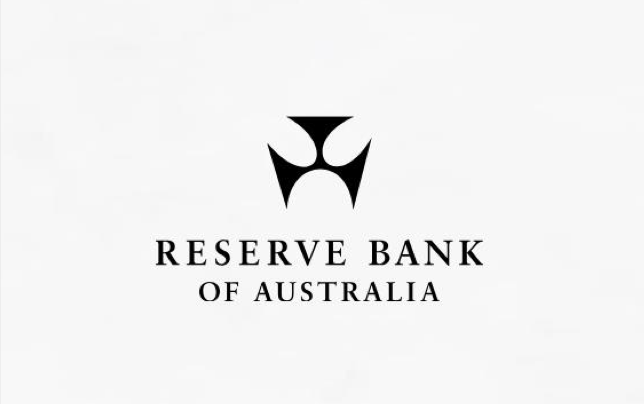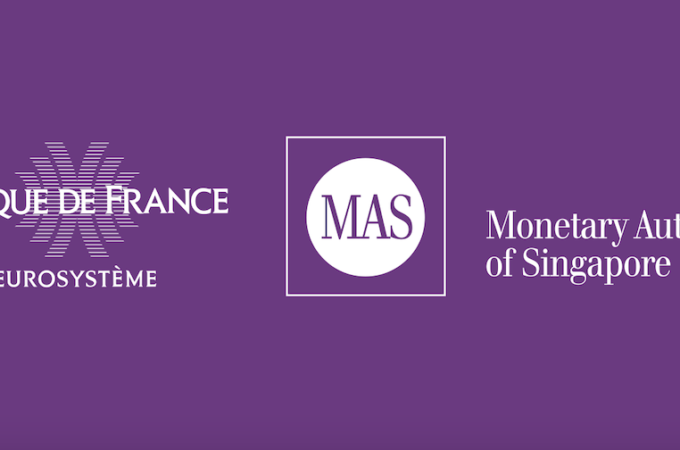
Four Major Trends For Compliance Professionals In 2019
via Forbes
Accenture recently issued its annual Compliance Risk Study to gain insight into the different strategies that firms are pursuing to create compliance functions that meet the demands of a rapidly changing financial services industry.
Facing regulatory pressure and seeking to regain customers’ trust, financial institutions have spent heavily on compliance in the ten-plus years since the global financial crisis of 2008. This year, however, we are seeing a shift away from spending to meet regulatory needs to a focus on aligning compliance with growth initiatives – and to take advantage of technological innovation to automate some of the more basic compliance functions, relieving some of the pressure on firms to find, train and retain scarce talent.
Accenture’s report reveals the following four key compliance trends:
- Compliance departments are facing budget cuts – Our study found that nearly three-quarters (71 percent) of financial institutions’ compliance departments are facing budget cuts, and that nearly two-thirds (64 percent) of those are targeting budget reductions of between 10 and 20 percent over the next three years. As a result, compliance is strongly encouraged to execute and accelerate its strategy towards a technology-led approach in the face of quantifiable cost reduction targets.
- Operating models are evolving – The pressure to reduce costs while supporting growth is causing compliance operating models to evolve quickly. The compliance function is the traditional “second line of defense” in risk management, but 60 percent of respondents in our study said that responsibilities previously performed by compliance have shifted to operational management, the first line of defense. These responsibilities include know your customer (KYC), testing and surveillance, allowing compliance to manage new risks without disrupting the pace of business. This shift is allowing Compliance to adjust its operations within a more integrated second line to manage new risks without disrupting the pace of business.
- Business growth needs are driving compliance transformation – While addressing regulatory initiatives is still a key concern, the largest driver of transformation in compliance is now improving responsiveness to business growth needs, cited by 35 percent of respondents. Financial institutions are pursuing new opportunities related to open banking (or open insurance) while seeking inorganic growth through mergers and acquisitions. They are also working hard to accelerate the launch of new products and services, ranging from blockchain solutions to end-to-end client lifecycle management to automated or “robo” investment advice.
- High employee costs (and high attrition rates) are pushing firms to explore technology options – Finding (or retaining) talent with the full array of required skills is scarce and expensive, and half of our respondents said their organization’s unmanaged employee attrition rate is higher than expected. Compliance needs to embrace and adopt emerging technologies such as natural language processing and artificial intelligence (AI) to enhance their employees’ skills and knowledge, improve their productivity, and help them deal with new challenges in areas such as data privacy and third-party regulation. Industrialized collaboration with peers to improve effectiveness and reduce costs in addressing anti-money laundering, regulatory change and other matters is another promising, innovative approach for compliance – which may now be acceptable given the mix of advanced technologies in combination with cost pressures.
After more than ten years of dealing with unprecedented volatility, the proliferation of global regulations and the emergence of new risks, compliance is entering a new era focused increasingly on growth and opportunity. Making this transition successfully calls for bold leadership along with targeted technological investments to enable the transformation. Such a plan also requires a focus on shifting the mix of talent to be more digitally fluent and able to make better use of data and analytics and be more proactive in delivering risk insights, while working more closely with the business.
by Steve Culp





